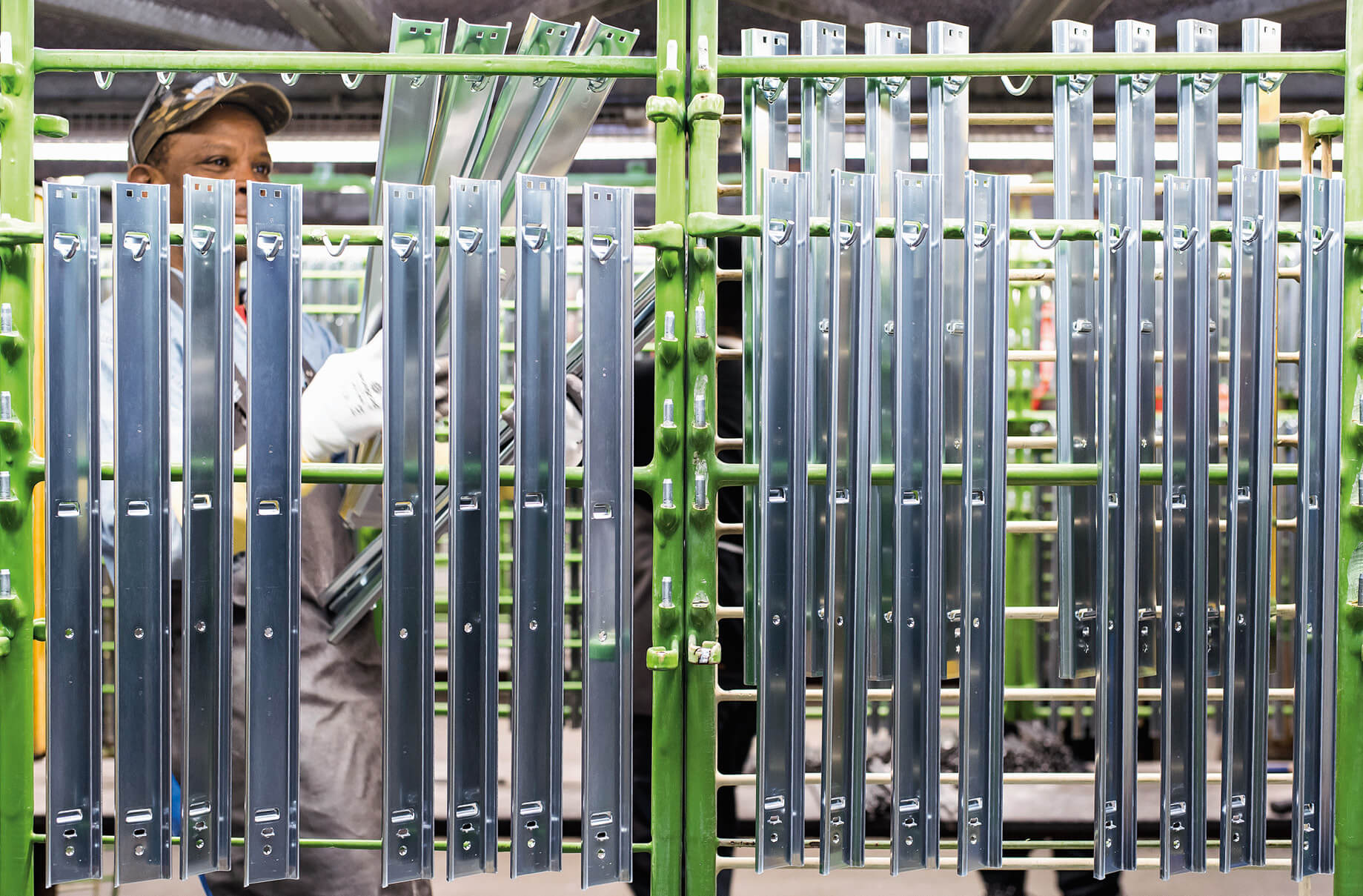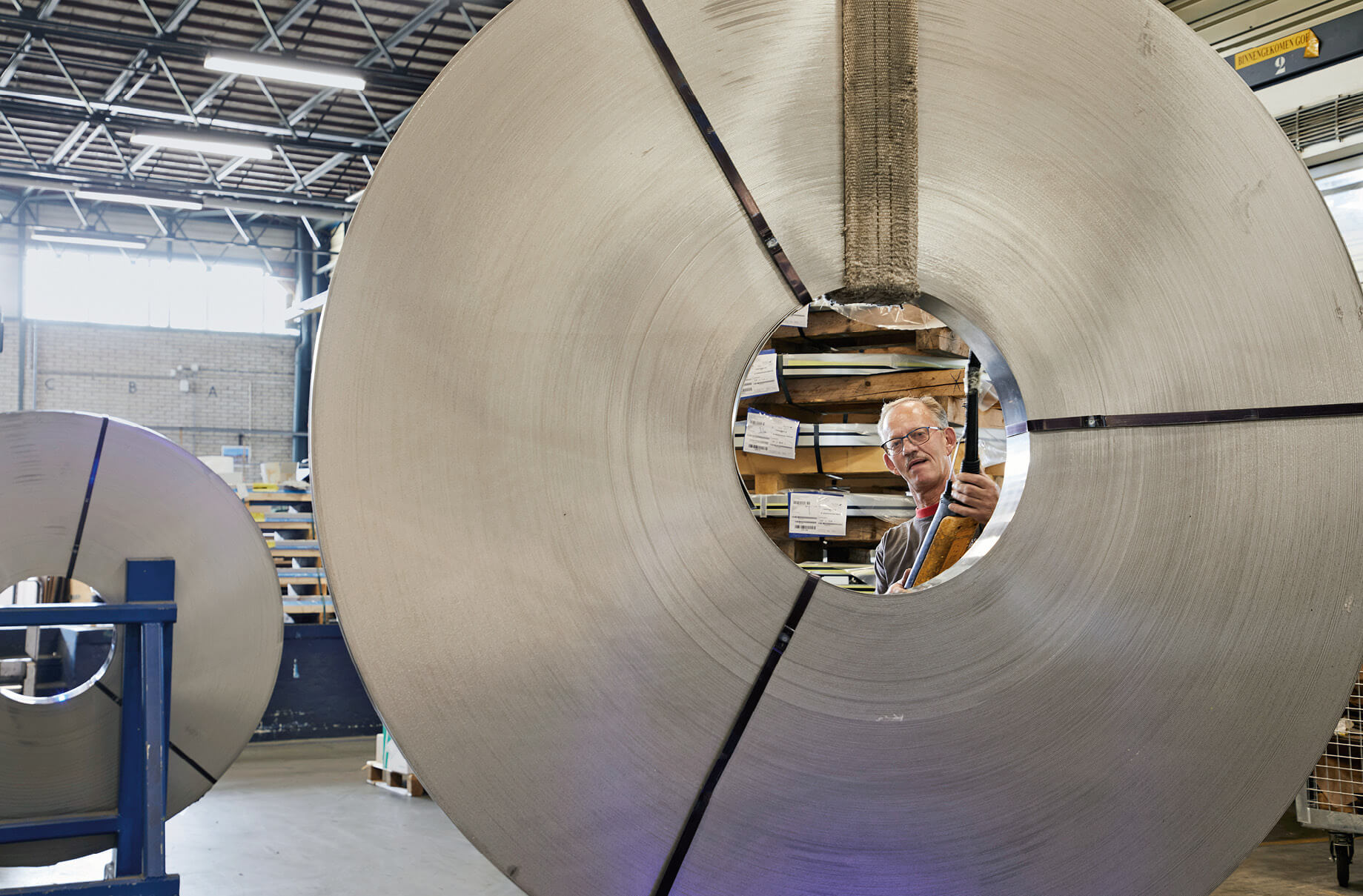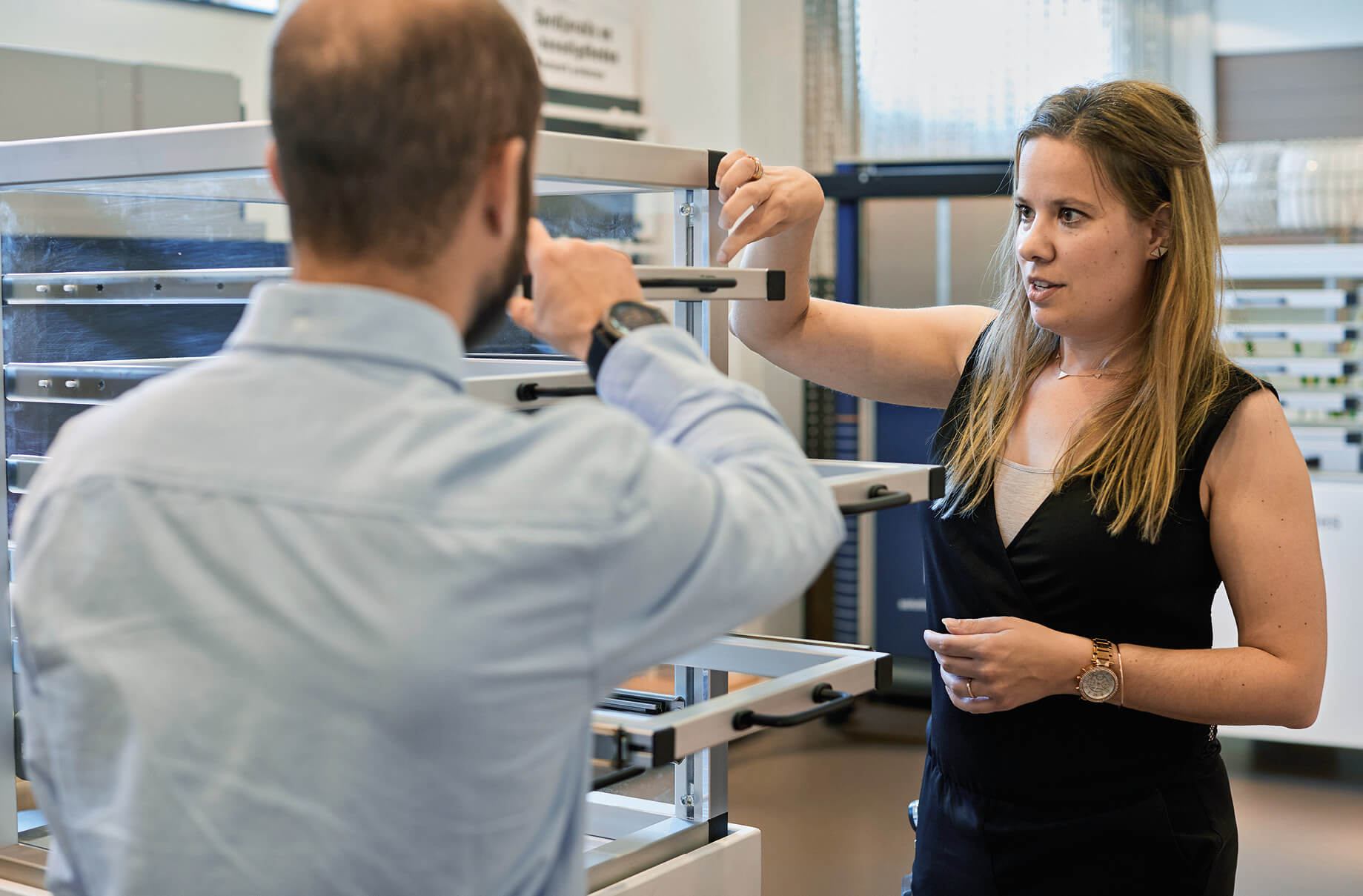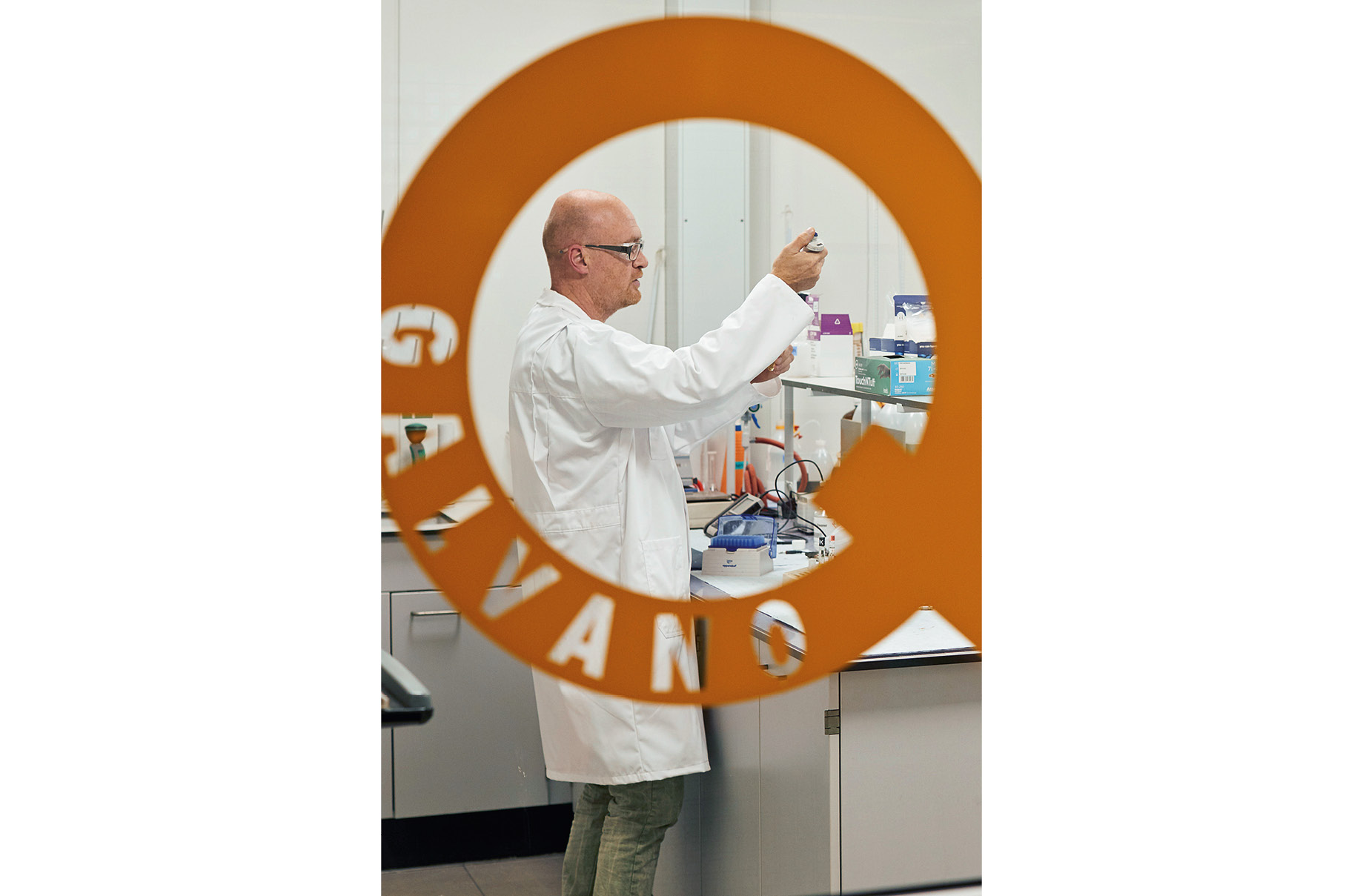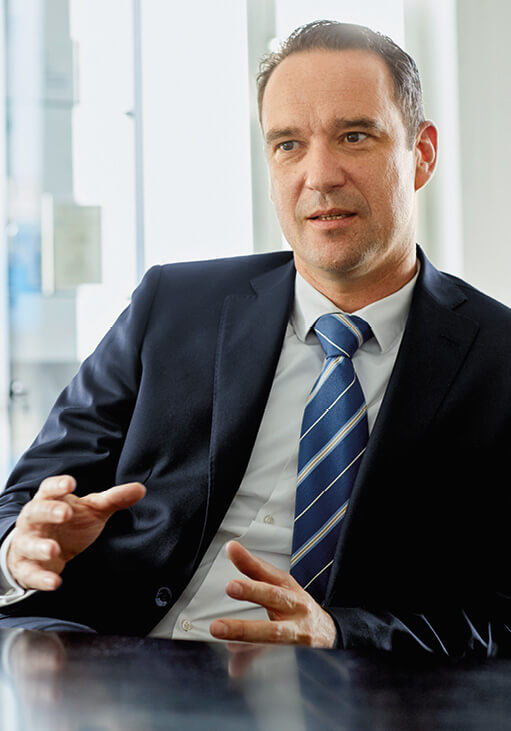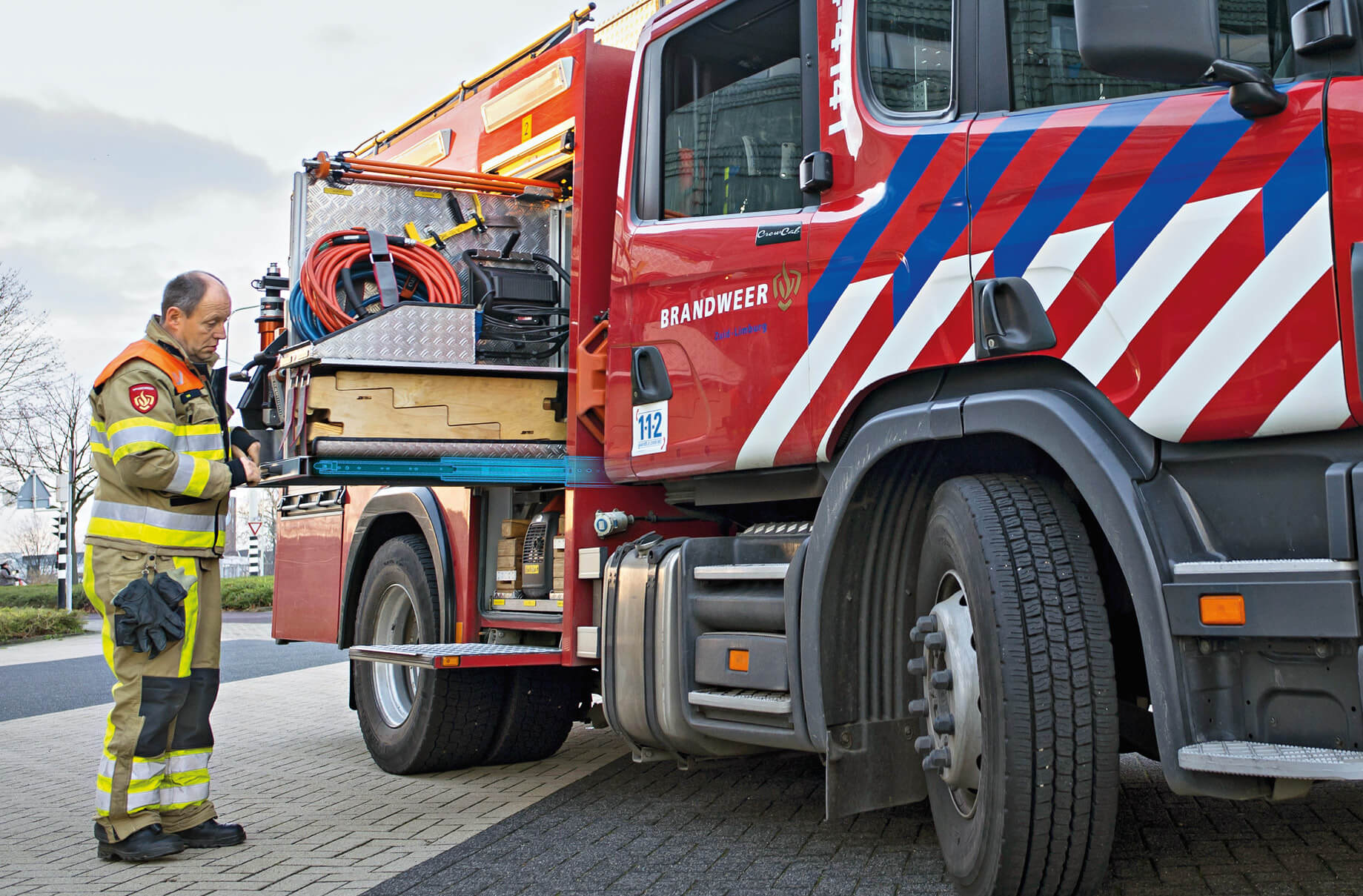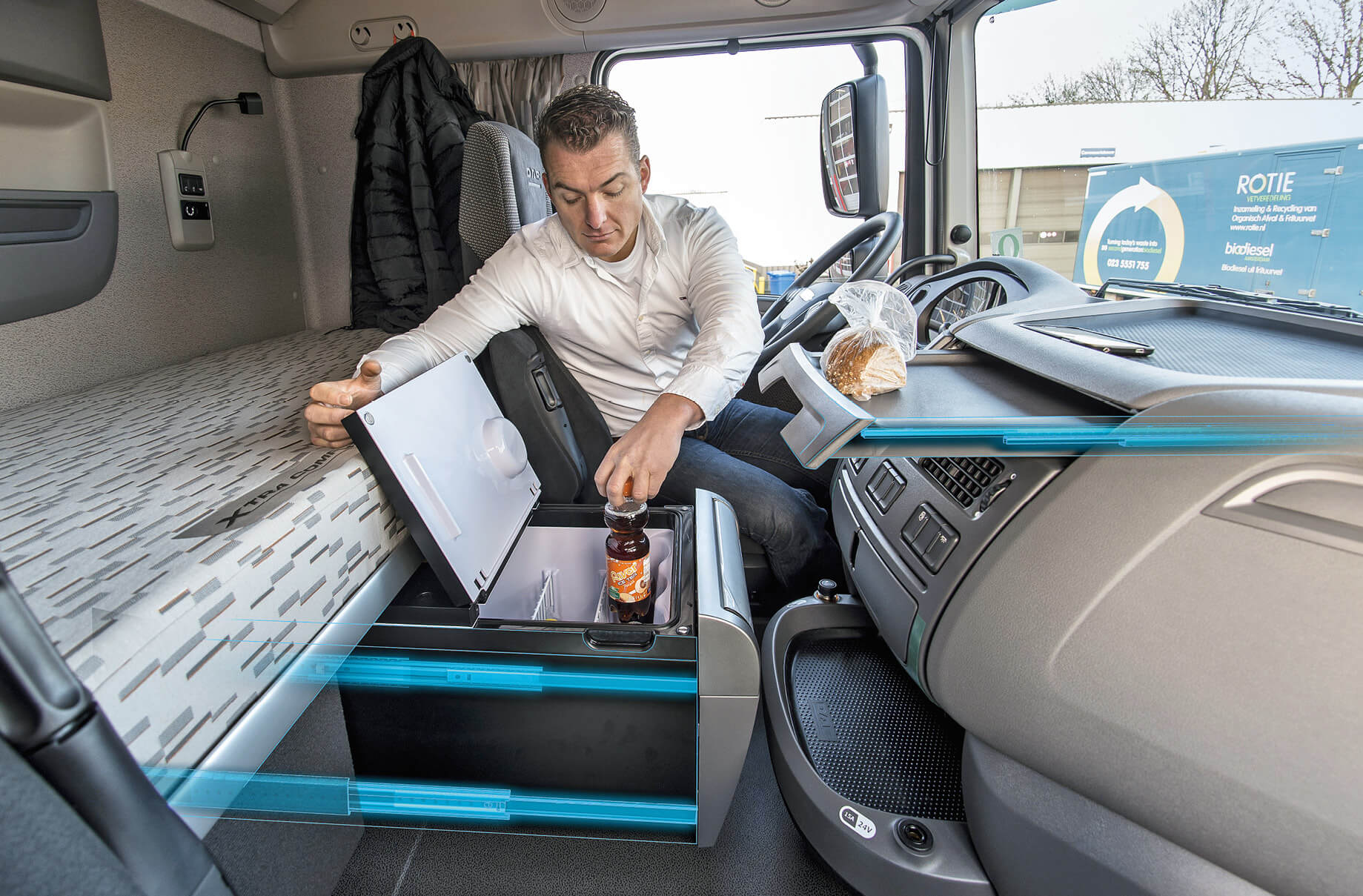The drawer of the high-quality kitchen closes gently, gliding smoothly and almost silently shut. It features an invisible stop mechanism to prevent over-zealous cooks from pulling the drawer out with excessive force.
The doors of a luxury-class saloon car close with a satisfying ‘thunk.’ The driver settles in, placing his right arm on the central armrest, which he can move silently into the most comfortable position using just his fingertip.
In both scenarios, the features responsible for this comfort and durable functionality remain out of sight. They are customised high-precision telescopic slides, and ensure all kinds of loads can be moved with ease – in the above applications and countless others besides. Car manufacturers, mechanical and plant engineers, logistics companies and even furniture manufacturers use many different variants of them.
State of the art
Thomas Regout International in Maastricht, the Netherlands, manufactures these slide systems from high-precision roll-formed steel bars, ball bearings and other components made of plastics and elastomers. This is where high-tech meets tradition. The factory, founded in 1834, now sits directly on the outskirts of the picturesque old town of Maastricht. For years, however, the company has been running an innovation process that covers not just products, machinery and plant technology, but the entire factory itself, organising all processes along Industry 4.0 lines.
Founded following a management buy-out in 2008, the leadership team has pursued a clearly defined strategy from the outset in order to gain market share in the face of international competition. On the one hand, it focuses on customer-specific products and solutions, some of which incorporate patented special equipment up to the highest load-bearing classes, and, on the other, it provides extremely short delivery times and exceptional flexibility. At the same time, the company has to ensure it’s not paying over the odds to create its solutions.
“We have design facilities with comprehensive user experience, toolmaking and prototyping – all in-house,” says Managing Director Kees Verspaandonk. “Furthermore, a large proportion of production is now highly automated. Around six years ago, the company also began to speed up processes significantly, including with our suppliers. We are basically doing exactly what are our customers are doing.” This is the only way to achieve defined goals such as shorter delivery times and increased flexibility for customers.
